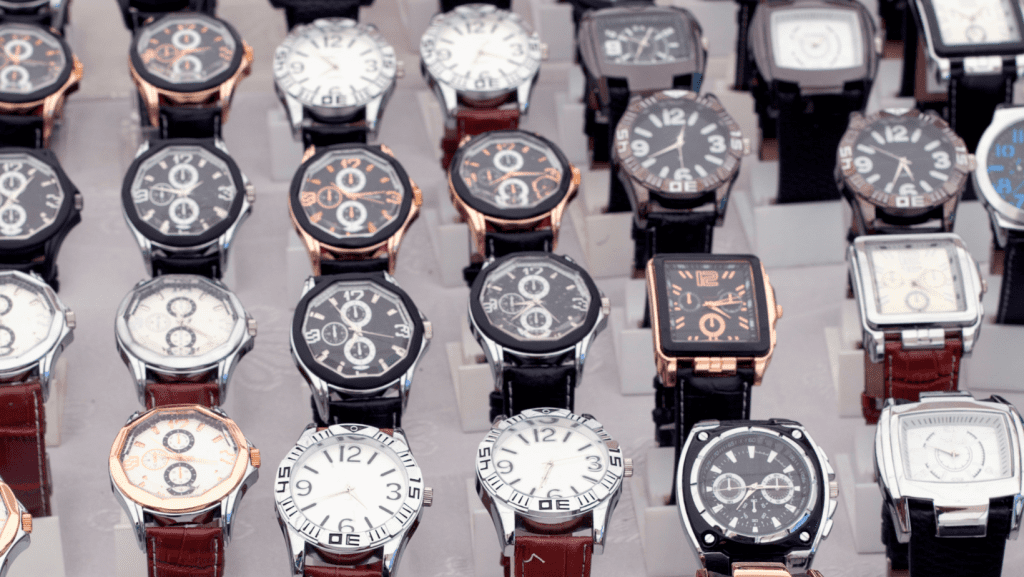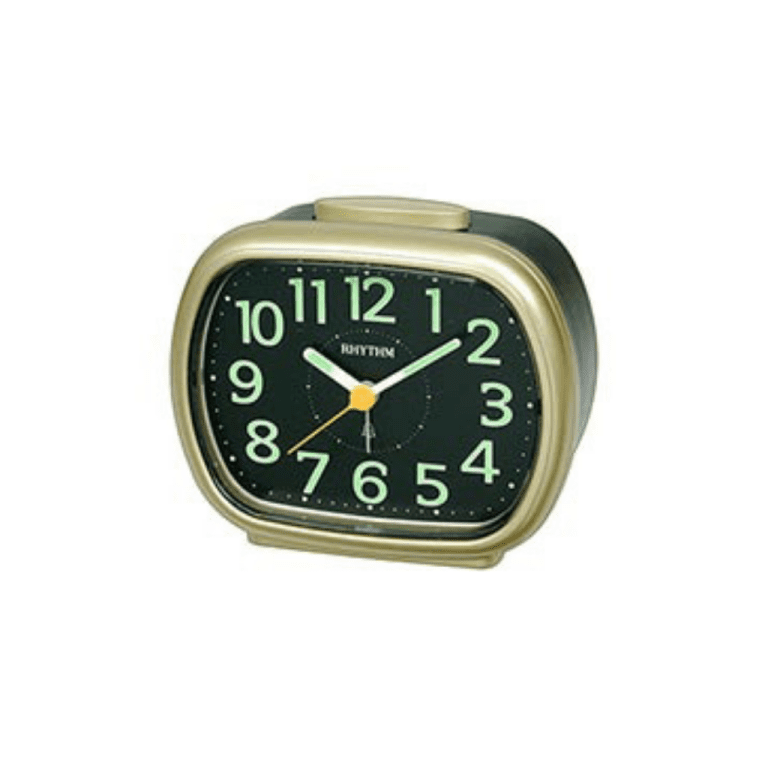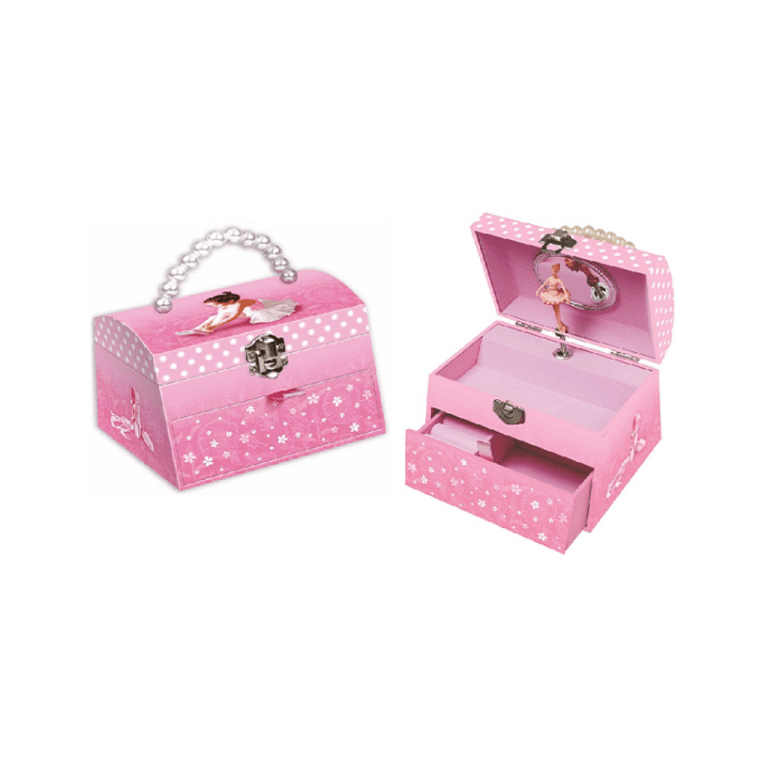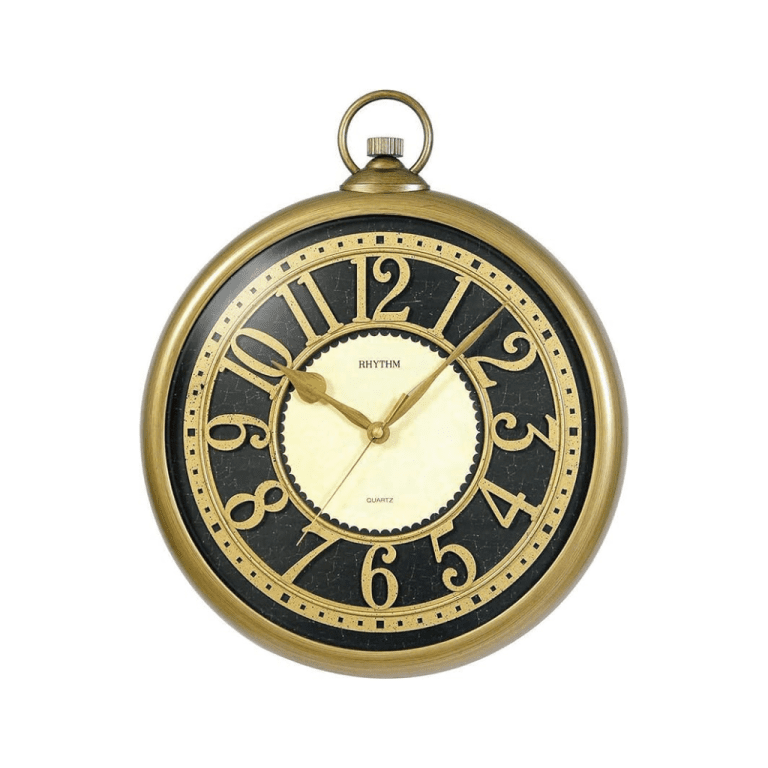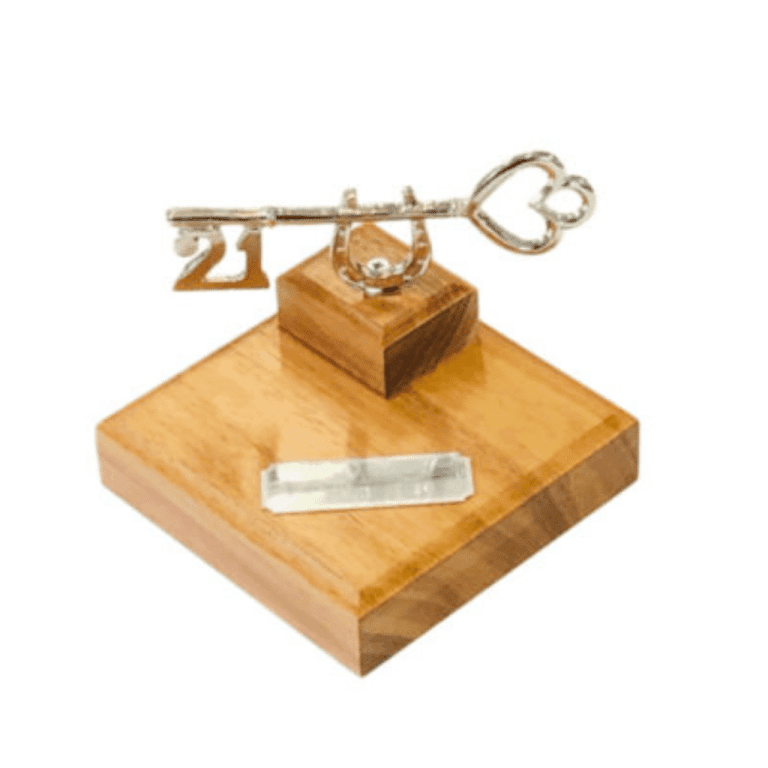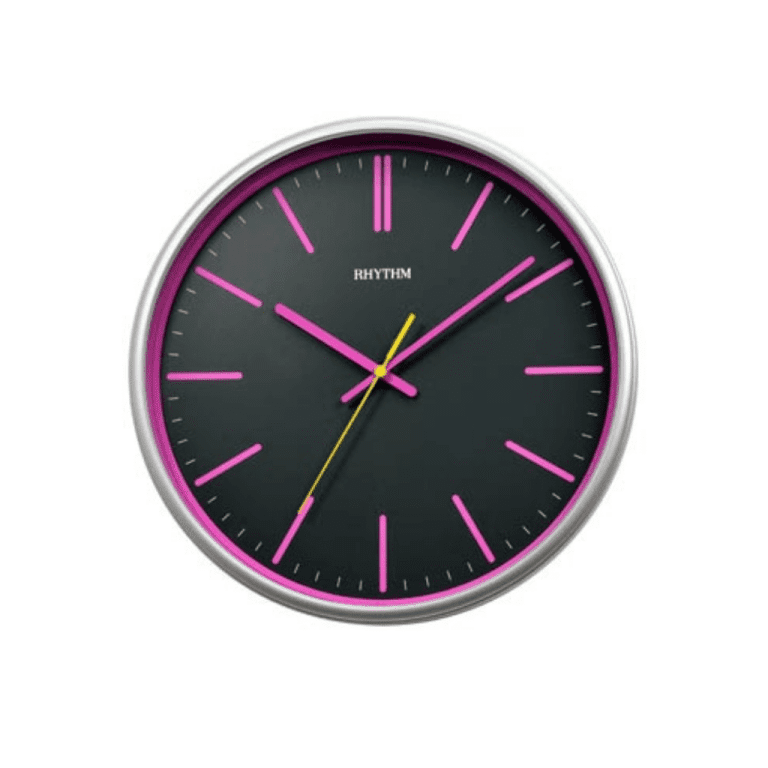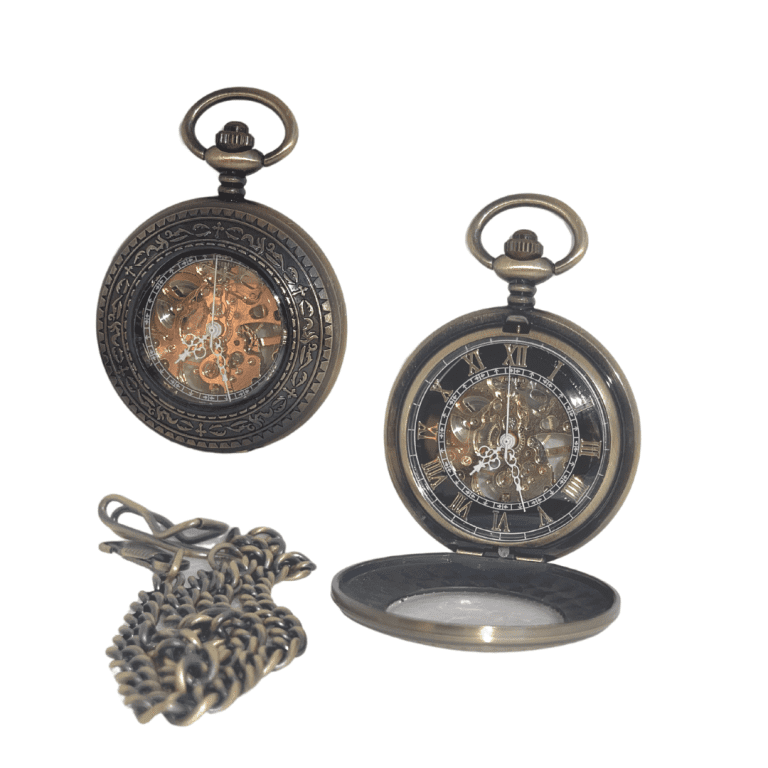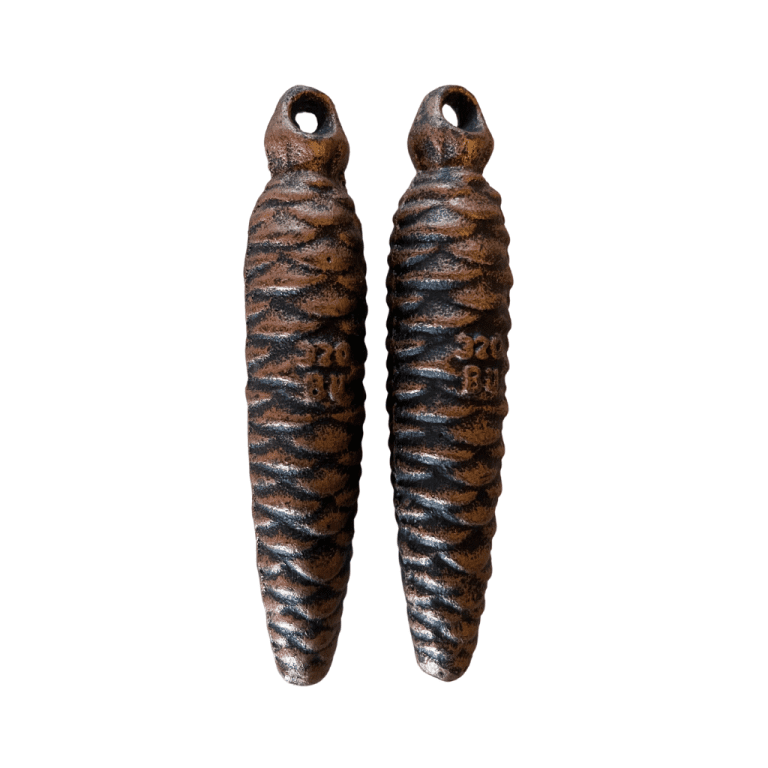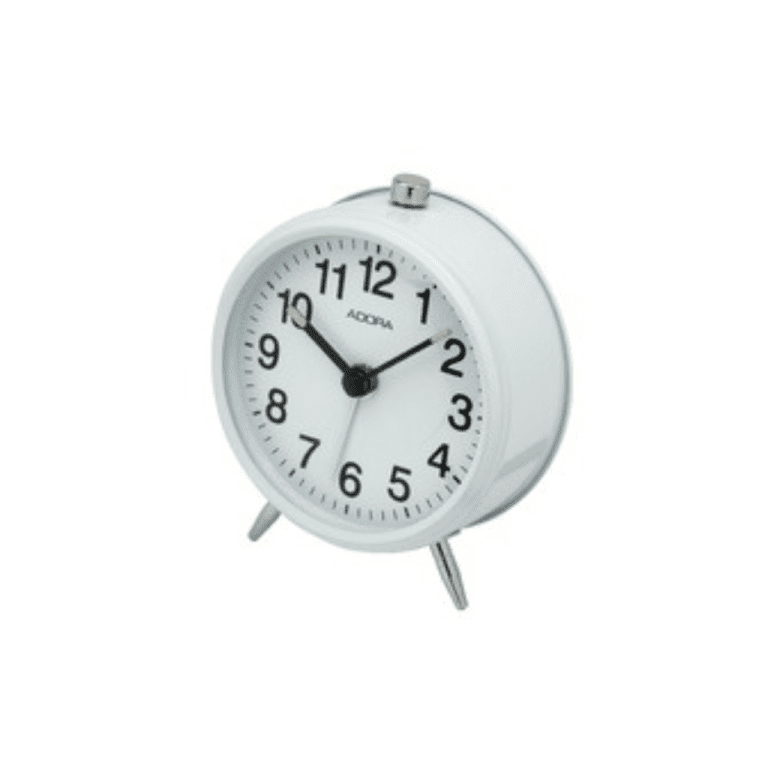History of time keeping devices is filled with many examples of popular designs that enabled people to measure time, but watches managed to transform our civilization on much larger scale. Before we were introduced to the clocks that were attached to pocket chains or strapped to our wrists, all mechanical clocks were big static table or wall clocks that were slow to manufacture, expensive, and most importantly very inaccurate. Arrival of small watches that can be carried whenever was adopted by population instantly, which fueled countless innovators, engineers, scientists, manufactures and fashion designers to embrace watches and ensure their continuous evolution and growth. Such popularity drove innovations, fueled minds of inventors, and enabled creation of small, reliable, easy to produce and cheap time keeping devices that truly managed form the basis of the modern civilization in which we live today.
First portable clocks were introduced in the early years of mechanical clock production in Europe. During 16th century engineers and manufacturers finally gained the ability to created devices on such small scale that people could carry it with them, but those initial models were way to big and heavy for pocket and wrist. Instead, first portable watches were worn on a neck pendant. Other disadvantages were very bad accuracy (even though they had only hour hand, they could lose several hours during one day), noise, durability and bad protection from outside influences (hour hand was not protected by glass, but only with hinged brass cover).
Seeing that pendant watches are in dire need of upgrading, many innovators set on their drawing boards and searched for a way to make them better. This initiative gave birth to the small watches who used glass protection, light frames, small gears, and most importantly screws. With these small clocks, it was inevitable that pendant watches were soon become outdated and forgotten by fashion. This moment came in 1675, when n Charles II of England introduced waistcoats – small pocket watches that were connected to the suit with the small chain. This fashion trend soon swept across Europe and North America, where pocket watches were used as an expensive luxury male items and pendant watches as female items. Widespread population gained access to pocket watches only in second half of 18th century when popular lever escapement enabled clockmakers to produce cheap and very precise watches.
19th century and the rise of railroad networks brought the need of global standardization of time and expansion of clocks, especially after few train accidents that could have been avoided if train personnel had synchronized clocks that were accurate. Initiative to standardize train time in United States finally came in 1893, which was responsible for large expansion of precise clocks all around the world. But, fashion change struck again during the World War I when pocket watches gained competition from small, extremely portable, and easy to use wrist watches. With the improved technologies of automatic winding, and small designs, wrist watches very quickly became the most popular type of portable clocks on the world. Decades on innovations enabled us to start using electronic watches of many designs, until late 1990s when era of mobile phones started.
In modern times wrist watches are still very popular, pendant watches are rare, and pocket watches returned to fashion only during brief periods of times when three-piece suits were popular in male population (late 1970s and 1980s). In 21st century pocket watches represent one of the central fashion items of the popular steampunk subculture.
Credited to:www.historyofwatch.com

